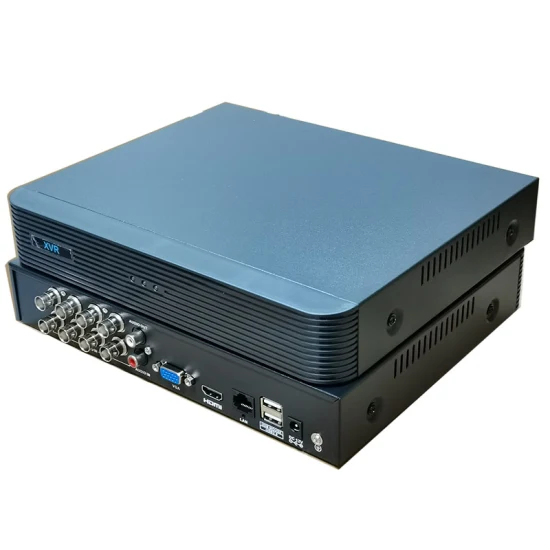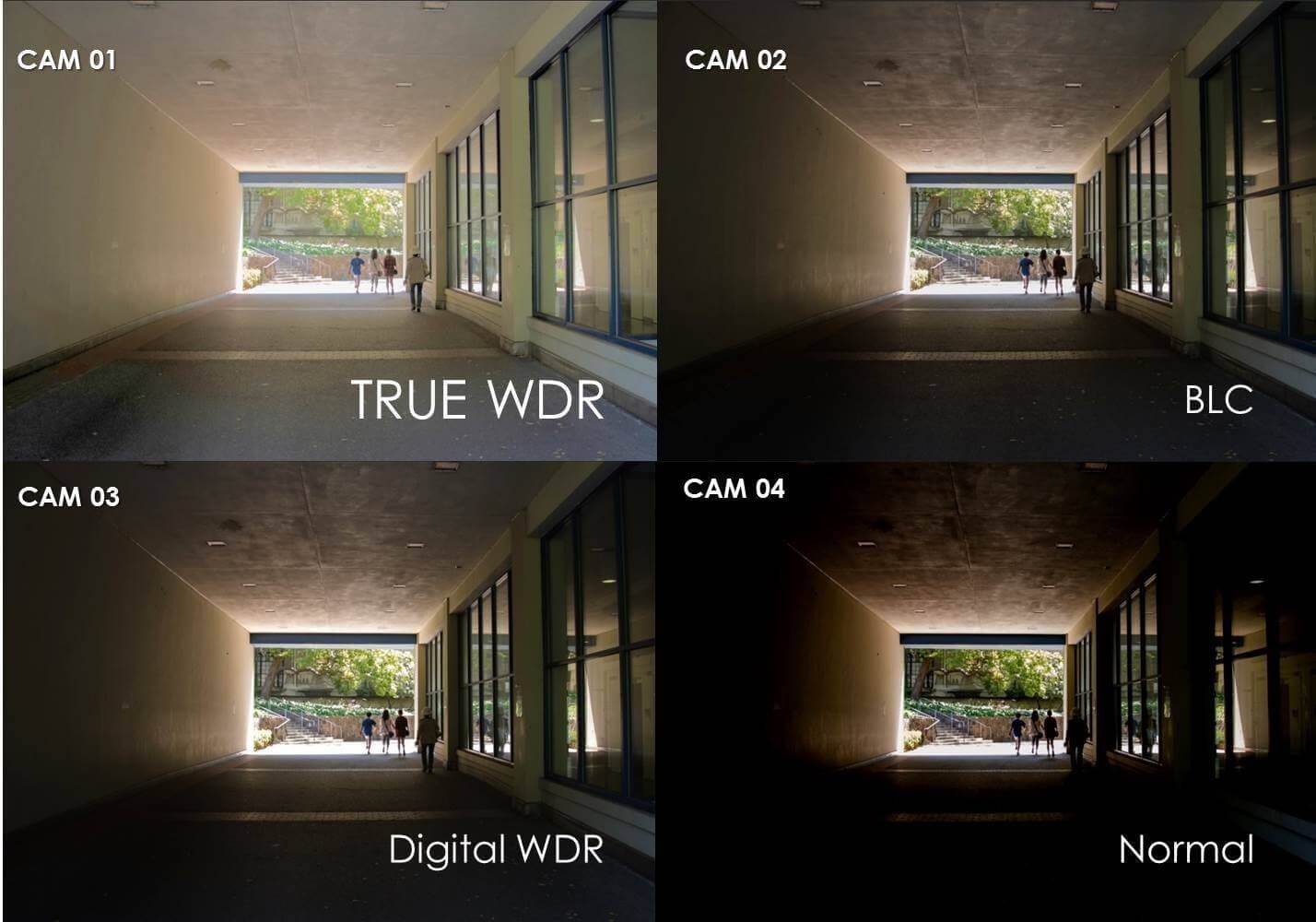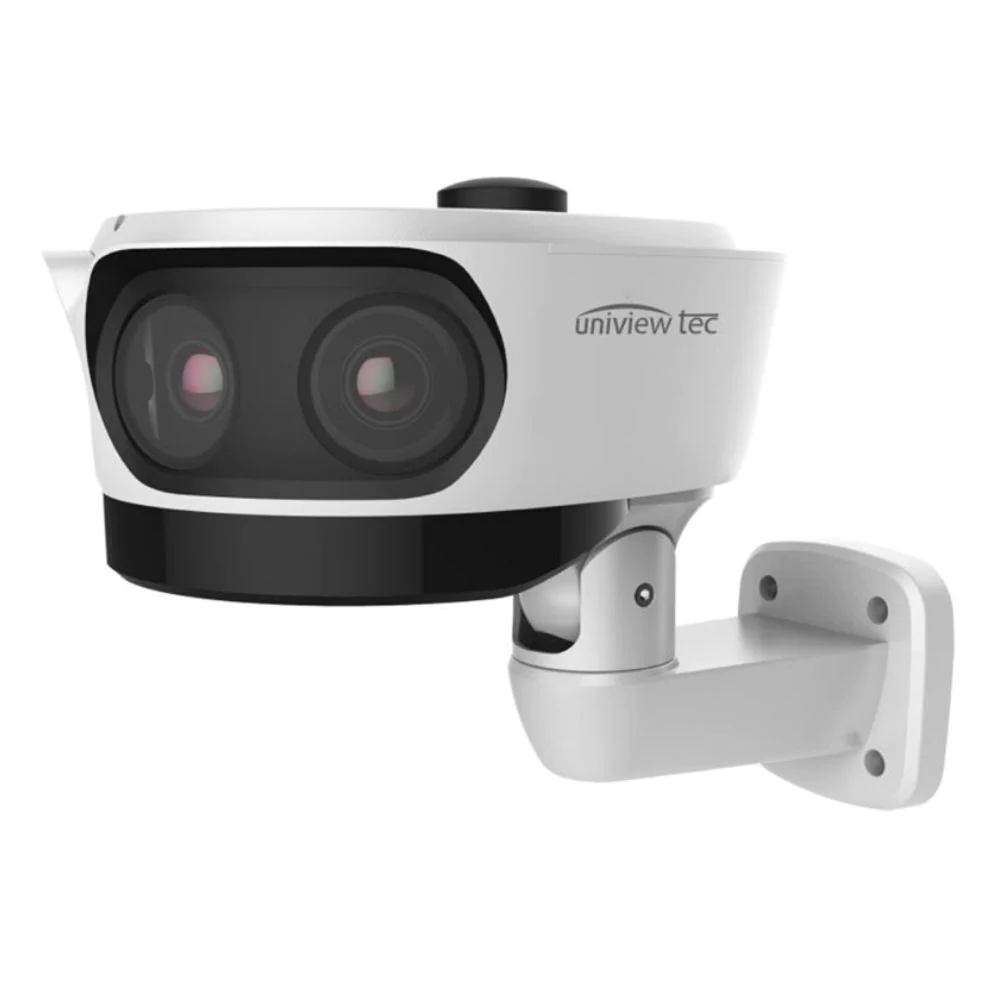Night vision/IR Technology
Night vision technology in CCTV cameras, also known as Infrared (IR) technology, allows them to capture clear images and videos even in low-light conditions or complete darkness. This is crucial for security and surveillance applications when natural light might be insufficient. Night vision technology has evolved significantly since its inception, starting from early image intensifiers to more advanced thermal imaging systems.
Types of Night Vision Technology:
- Passive Infrared (PIR): These cameras don't emit any light themselves. Instead, they use a special sensor that detects the natural heat radiation emitted by objects and bodies, converting it into a grayscale image.
- Pros: No additional light source needed, discreet, low power consumption.
- Cons: Limited range (typically shorter than active IR), lower image quality compared to active IR.
- Active Infrared (IR): These cameras have built-in LEDs that emit invisible infrared light. The camera's sensor then captures the reflected light, similar to a regular daylight image.
- Pros: Longer range, can achieve high-quality images even in complete darkness.
- Cons: LEDs might be visible, requiring larger housing, and higher power consumption.
How it Works:
- Capture: In both cases, the sensor captures the detected light (heat radiation for PIR, reflected IR light for active IR).
- Processing: The camera's image processor converts the captured data into a grayscale or color image (depending on the camera's capabilities).
- Display: The final image is displayed on the monitor or recorded for later viewing.
Additional Points:
- Image Quality: Both technologies have improved significantly over time, offering decent night vision capabilities. However, active IR generally provides higher image quality compared to passive IR, especially in complete darkness.
- Environmental Impact: Weather conditions like fog or rain can affect the performance of both technologies, though active IR might be less affected due to its stronger light source.
- Applications: Choosing between PIR and active IR depends on your specific needs. PIR is suitable for discreet surveillance in low-light conditions, while active IR is ideal for longer-range and high-quality nighttime monitoring.



































